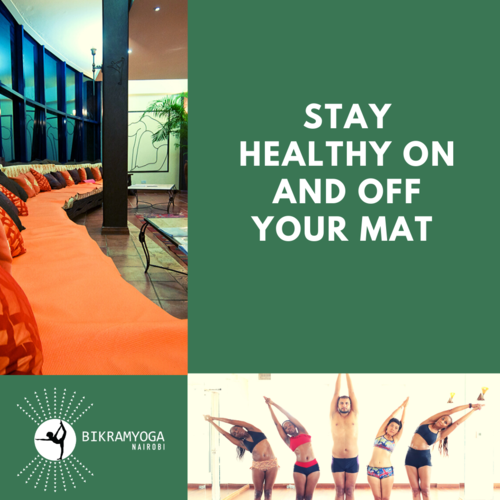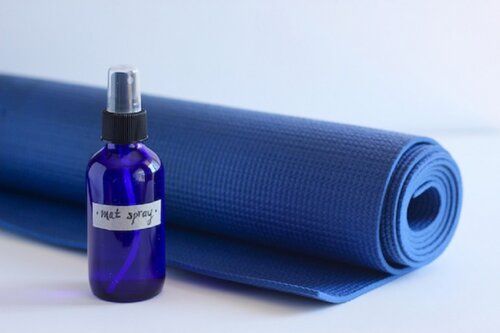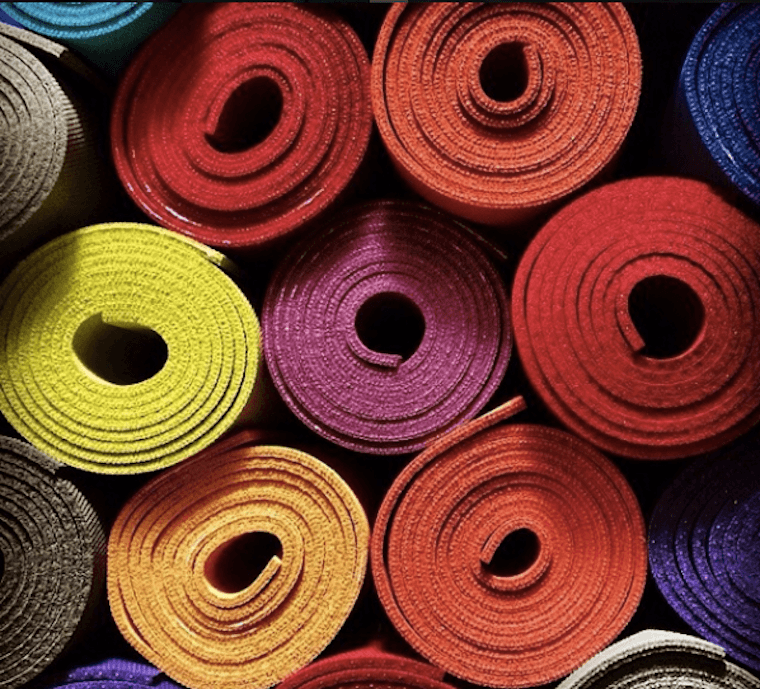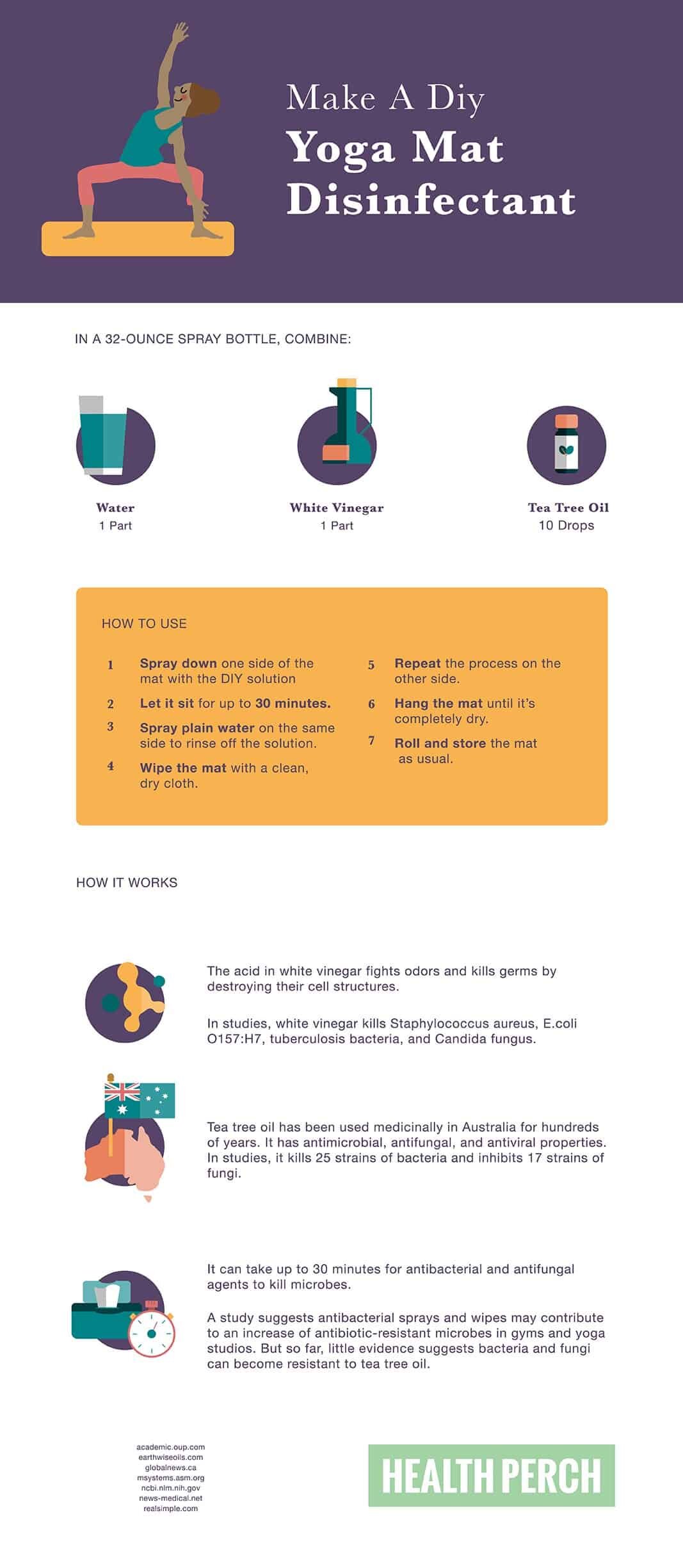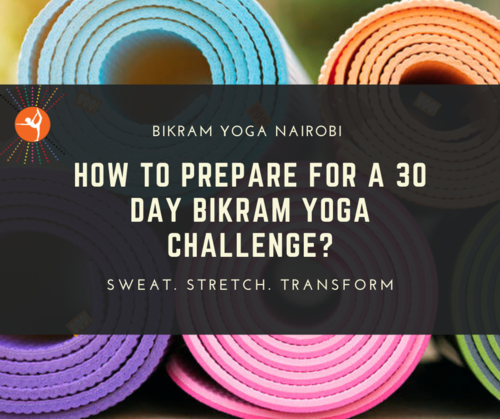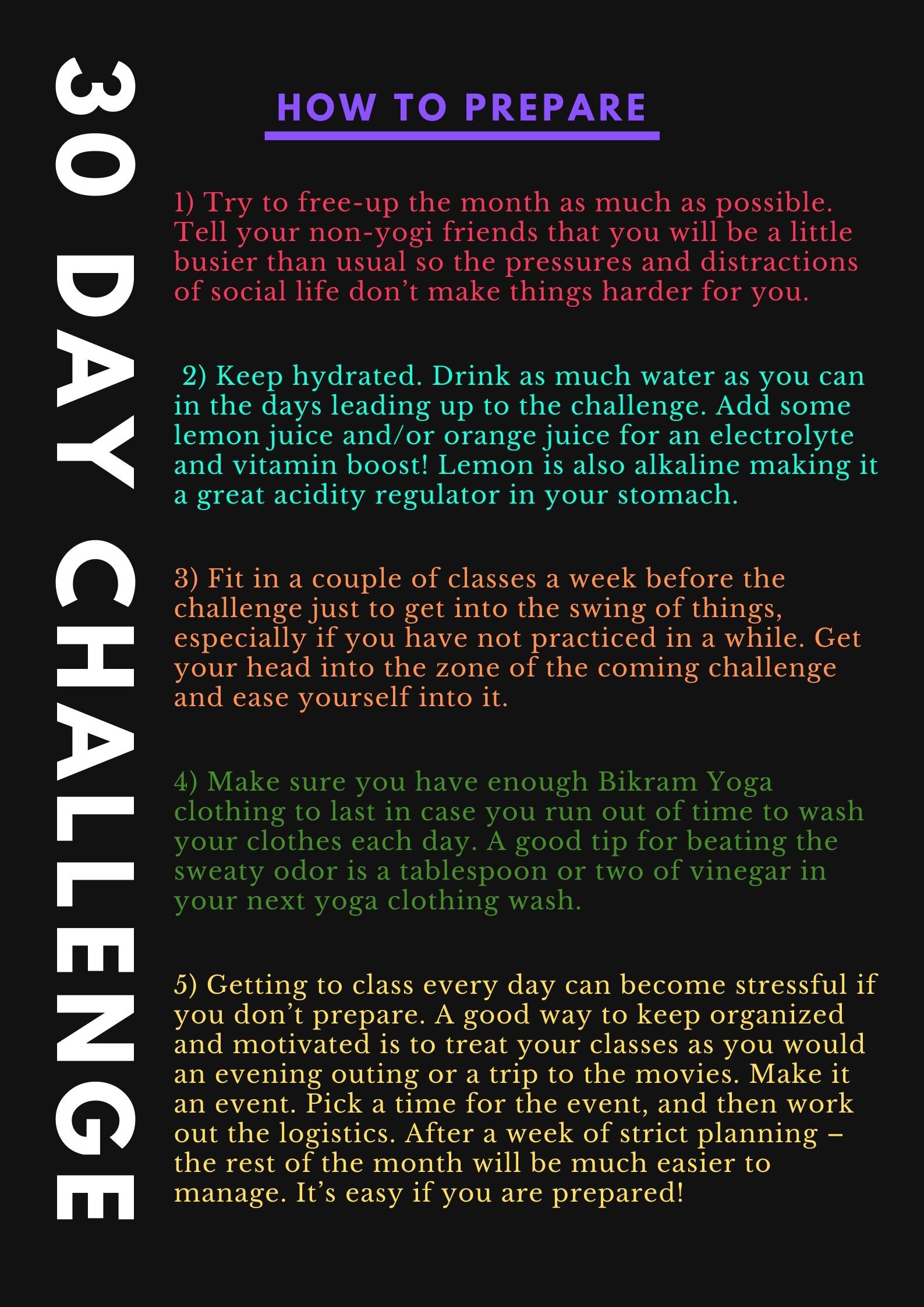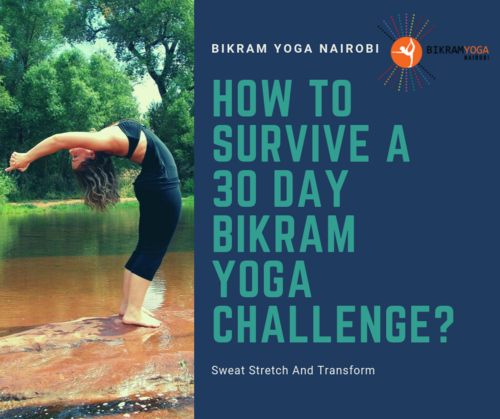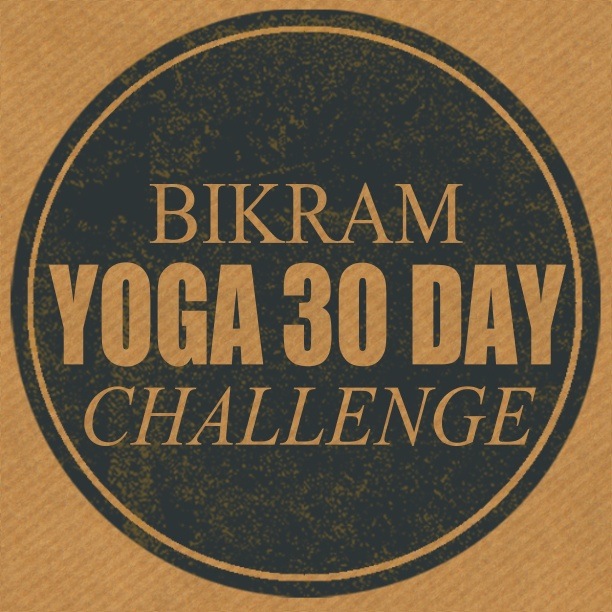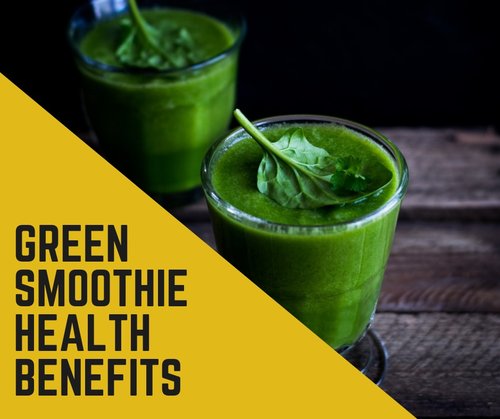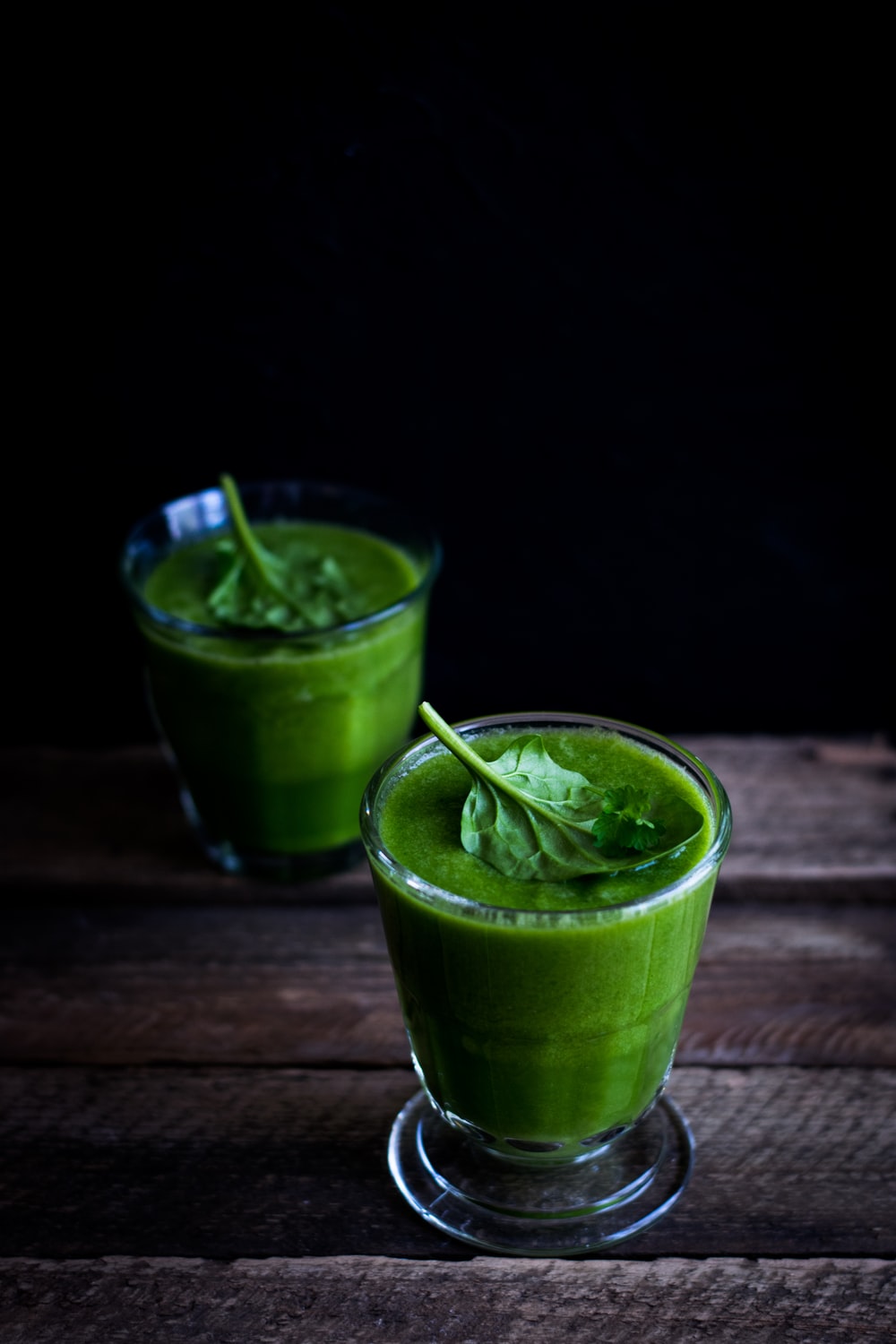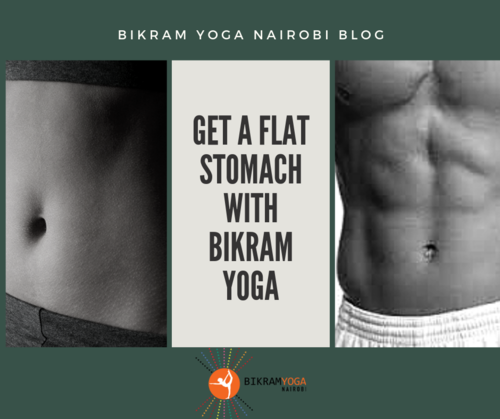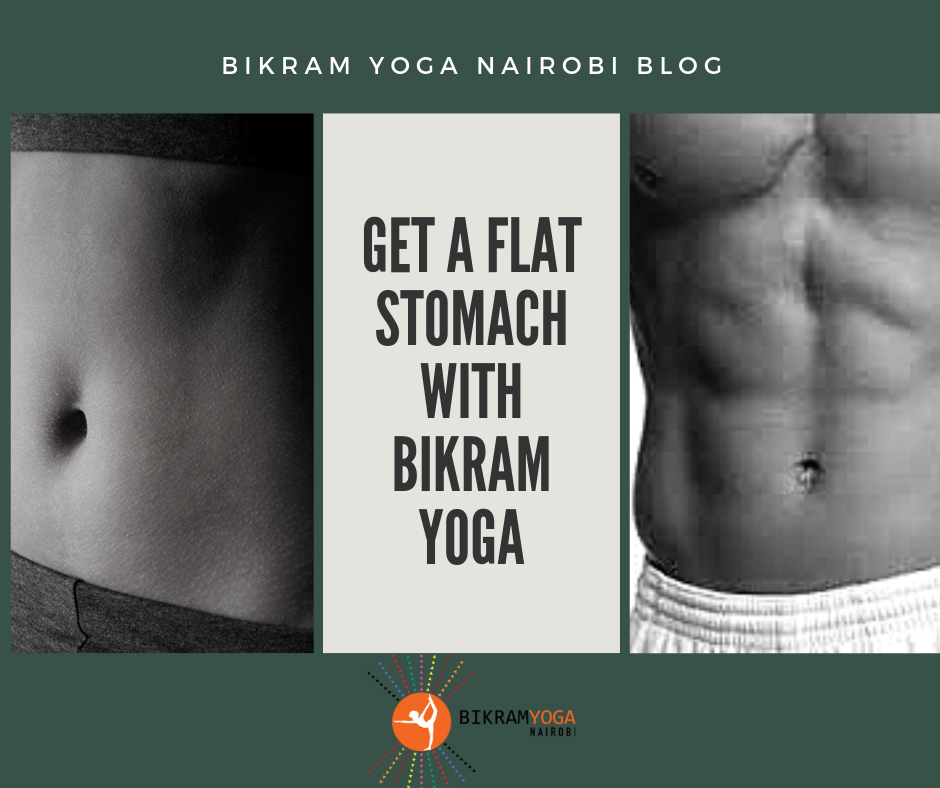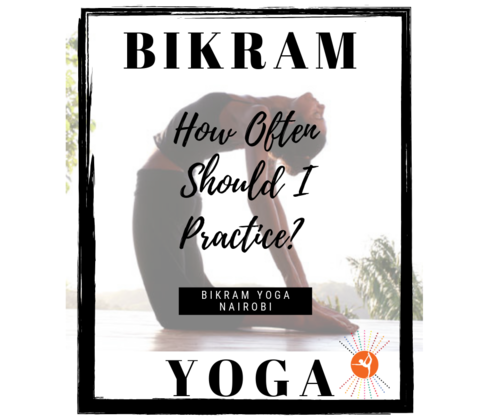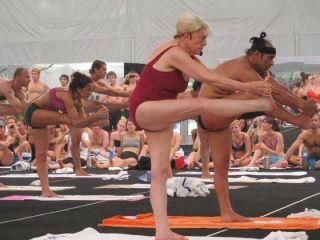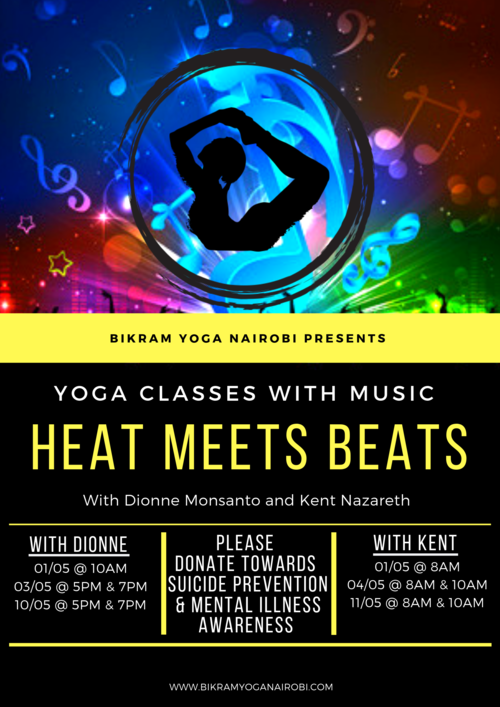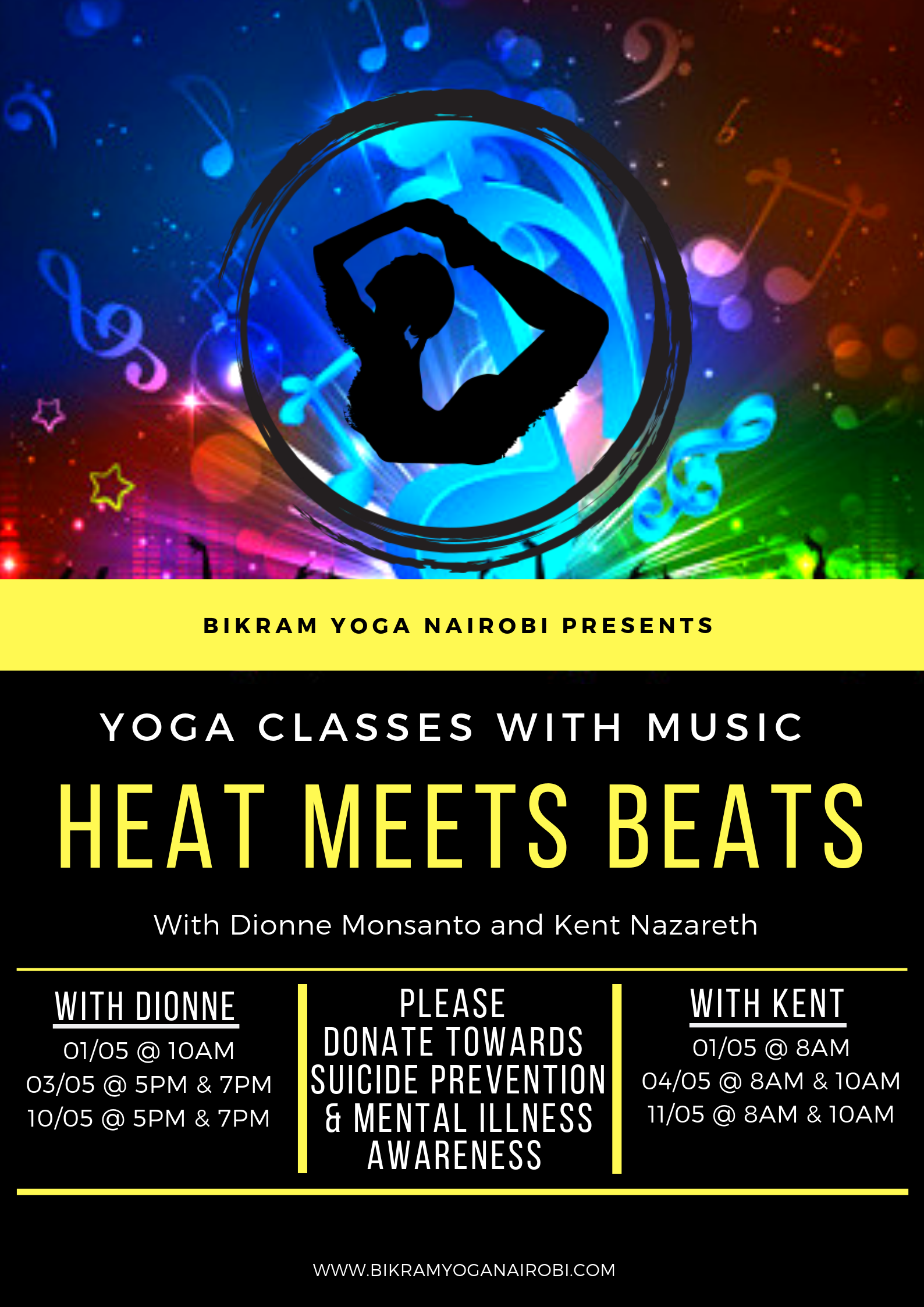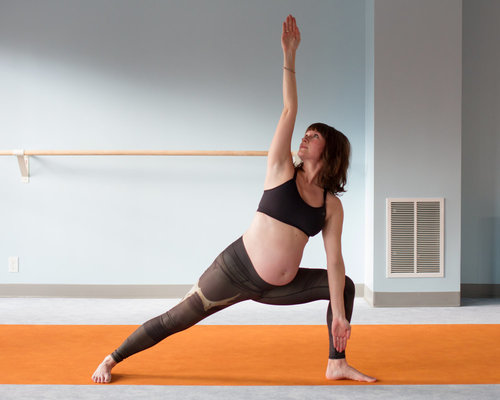I have enjoyed many health benefits from drinking green smoothies since 2008.
So have the thousands of readers who have taken my 10-day cleanse, and millions of readers on my website.
They are an easy way to get five or more servings of fruits and vegetables every day.
Green smoothies were instrumental in my 40 pound weight loss, and they helped me lose all of my baby weight after I have birth to my son in 2013.
Since drinking a green smoothie every day, my cholesterol dropped 45 points, my energy levels are through the roof, and my skin has a healthy, radiant glow.
Here are some of the top health benefits of green smoothies:
1) Natural Weight Loss
Just about everyone who drinks green smoothies loses weight. Most people in my 10-Day Green Smoothie Cleanse report weight loss, as well as participants in my Reset 28 Program.
Green smoothies help you lose weight in several ways:
First, replacing a meal each day with a green smoothie lowers overall calorie intake, while increasing fruit, vegetable, and fiber intake.
Secondly, green smoothies help reset your taste buds so that you want to eat healthy, and you actually start craving healthy foods.
Read more about how to lose weight with green smoothies.
2) Boost Fruit & Vegetable Intake (Particularly Greens)
The American Cancer Society recommends that we eat 5-9 servings of fruits and vegetables each day to prevent cancer and other diseases. Green smoothies are a quick and convenient way to get your vegetables and dark, leafy greens without tasting them.
The fruit masks the flavor so even though all you taste is pineapple, mango, bananaor strawberry, you are consuming a healthy dose of spinach, kale, or any other vegetable that you put in.
The average green smoothie contains 3-5 servings (or more) of fruits and vegetables.
3) Increased Energy
Green smoothies provide a powerful boost of vitamins, minerals, antioxidants and other nutrients without bogging down your digestive system. Since you are eating natural, whole foods in the most optimum form for your digestion and nutrient absorption, you will have more energy to get things done and enjoy your day.
Green smoothies provide B vitamins and magnesium that help support energy metabolism.
4) Boosts Nutrition
Green smoothies are jam-packed full of nutrients.
The average green smoothie recipe on my website provides more than 100% of your daily value of vitamins A (as beta-carotene), C, and K. They also provide a good source of B vitamins (except B12), vitamin E, and folate.
As for minerals, green smoothies are an excellent source of calcium, iron, magnesium, manganese, phosphorus, potassium, copper, and many other trace minerals.
Blending fruits and vegetables together breaks down the cells of plants and improves digestibility. Your blender unlocks the nutrients and maximizes their delivery to your body more than chewing any salad could.
Green smoothies are quicker and more convenient than preparing and thoroughly chewing a salad.
5) Strengthens Immune System
Increased fruit and vegetable consumption helps keep your body in optimum health. Vitamins, minerals, and antioxidants, as well as some of the compounds found in certain foods help protect your body against disease.
Citrus fruits, cranberries, and ginger are the top immune-boosting smoothie ingredients.
Got a sniffle? Try these cold and flu green smoothie recipes!
6) Excellent Source Of Minerals For Healthy Bones
Green smoothies provide a rich source of minerals thanks to the dark, leafy greens. All of the bone-building nutrients are abundant including calcium, magnesium, and phosphorus.
Many of my green smoothie recipes on this website contain more than 200 milligrams of calcium, and many have more calcium than a glass of milk.
Here’s a green smoothie recipe with almost 30% RDA of calcium!
7) Excellent Source of Antioxidants
Green smoothies deliver a massive dose of health-protecting antioxidants and phytonutrients. Not only are you giving your body the best defenses aganst disease, you are ingesting a variety of natural substances that are essential for optimum health and fitness.
To get the most antioxidants in your blends, try making your green smoothies with blueberries, strawberries, cranberries, pomegranates, acai, and cacao (raw chocolate).
8) May Help Lower High Cholesterol
A healthy, plant-based diet that includes green smoothies may help lower your cholesterol.
When I was 23, my doctor told me that I would soon need to take cholesterol-lowering medication. My blood test revealed that my total cholesterol was at 199 (200 or higher is considered elevated). My LDL (the bad cholesterol) was flagged as “high”. I was falling in line with my family history of high cholesterol.
At age 30, my total cholesterol had dropped 45 points. My LDL had also fallen comfortably within the normal range.
Find out how green smoothies may help lower your cholesterol.
9) May Help Lower High Blood Pressure
Many fruits and vegetables have been studied for their ability to lower blood pressure.
As part of a healthy diet, green smoothies may improve your blood pressure, while also reducing some of the risk factors for cardiovascular disease.
10) Improves Mental Clarity and Focus
With a healthier diet comes greater mental clarity and focus. Green smoothies have replaced my morning coffee ritual.
I get more energy from a green smoothie, and there isn’t any afternoon slump, or caffeine-related side effects.
11) Supports Colon and Gut Health
Unlike juicing or drinking fruit juice, green smoothies contain the whole fruit and vegetable so that you get all of the fiber and nutrition.
Fiber is essential for good colon health. It feeds your beneficial gut microbes, supporting optimum digestion and a strong immune system.
12) Promotes Clear, Radiant Skin and Strong Hair & Nails
A lot of people say that their skin, hair, and nails look healthier and stronger while drinking green smoothies. This has certainly been my experience. Green smoothies give me a healthy glow, and they cleared up my adult acne.
I was looking at a group photo that I was in that was taken in the middle of winter. I looked like I had just been tanning even though I never really went outside.
13) Reduces and Combats Cravings
Green smoothies reduce cravings for junk foods, unhealthy sweets, salt, and fats. You will find that after a few weeks of drinking smoothies, you will crave healthier foods such as fruits, vegetables, and greens.
The sweet fruit in green smoothies satisfies cravings for sweets. If you crave chocolate, you can make green smoothies with healthy, raw chocolate (cacao).
14) Anti-Inflammatory
Most fruits and vegetables have anti-inflammatory properties, so green smoothies are an excellent food if you suffer from inflammatory conditions.
Many of my readers report that drinking green smoothies every day reduces inflammation.
Find out more about how green smoothies may benefit you if you suffer from arthritis and gout.
15) Green Smoothies May Help Prevent Chronic Diseases, or Even Provide Therapeutic Benefits
There have been countless studies on diet and nutrition. The overwhelming consensus in all of the peer-reviewed, scientific literature is that people who eat more fruits and vegetables have a lower risk of developing disease – including cancer, diabetes (type 2), obesity, cardiovascular disease, as well as many age-related medical conditions.
Specifically, green smoothies, combined with healthy diets, may provide therapeutic benefits for (or protect against):
16) Supports Eye Health & Protects Vision
Green smoothies are rich in beta-carotene, lutein, zeaxanthin, and resveratrol – four antioxidant compounds found in many fruits and vegetables.
Read more about how green smoothies can protect your eyes.
17) Specific Benefits For Women
Certain fruits and vegetables, as well as other smoothie ingredients, may help women who suffer from PMS.
Green smoothies can also support a healthy pregnancy.
Women going through menopause may also benefit from green smoothies.
18) May Help With Seasonal Allergies
While the medical data is limited, there are many, many reports of people who have reduced the severity of their seasonal allergies once they started drinking green smoothies.
I have experienced the same thing as I rarely get seasonal allergy attacks since I started drinking green smoothies back in 2008.
Learn more about how fruits, vegetables, and green smoothies may help your allergic symptoms.
19) Rich With Chlorophyll
Green smoothies are rich with chlorophyll which some natural health experts say enhances the immune system, purifies the blood, and rejuvenates the body.
While these claims are likely over-hyped, it doesn’t hurt to get potentially beneficial plant compounds in your diet. If you do wish to increase your intake of chlorophyll, then get it from leafy greens and skip the questionable supplements.
20) Alkalizing
Many natural health experts promote the alkalizing effects of green smoothies (or fruits and vegetables). This claim is controversial, however.
Promoters of the acid-alkaline “theory” claim that green smoothies help neutralize blood pH and prevent the body from becoming too acidic. The truth is that no food causes blood pH to change, and so green smoothies would have no effect in neutralizing blood pH since your body tightly regulates it (regardless of what you eat).
Green smoothies provide minerals that are used by your body to naturally maintain pH balance. The calcium, magnesium, and phosphorus in leafy greens helps keep your bones strong. If you are not deficient, your body doesn’t need to rob your skeleton of these precious minerals.
Also, many of my readers, myself included, have noticed that heartburn and indigestion disappear when drinking green smoothies.
In addition to these health benefits, green smoothies are:
-
Easy to make and clean up after.
-
Taste amazing.
-
Will keep for a couple days in the refrigerator.
-
Are fun to make and experiment with different fruit and vegetable combinations.
Green smoothies are life-changing!
